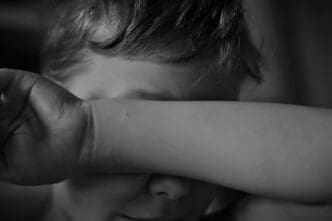A concrete boardwalk, known as the Halekulani Boardwalk, stretches along the waterfront between the Halekulani and Outrigger hotels in Waikiki, marking a historic site of ancient Hawaiian healing. This path, which seems inviting to beachgoers aiming to cross the shallow waters, quickly reveals its hazardous nature as a slick and uneven surface. Despite a warning sign, the absence of railings or barriers has led to several incidents where individuals have slipped and fallen.
Over recent years, there has been a significant loss of sand along the adjacent beach, resulting in the shoreline receding approximately 30 feet. The Department of Parks and Recreation had previously installed fences to limit access, but these have succumbed to erosion. In response, the state Department of Land and Natural Resources granted a permit for improvements to the walkway and railing. Plans are underway to secure a contractor to repair the damaged sections, with a temporary closure expected during construction.
The deteriorating conditions of Waikiki’s walkways underscore the broader crisis threatening one of Hawaii’s most renowned coastlines. Chronic erosion, rising sea levels, and land subsidence, combined with pressure from coastal infrastructure, present a multifaceted challenge. Waikiki is particularly vulnerable, with some areas subsiding more rapidly than others due to past development practices. This situation accelerates the timeline for potential flooding, posing a significant risk to low-lying areas.
Research from the University of Hawaii at Manoa highlights that certain urban areas on Oahu are sinking at rates much faster than the global average, further complicating efforts to manage flood risks. The region’s coastline, historically composed of mudflats and rocky outcrops, is largely artificial, created by importing sand over the past century. However, this sand is prone to erosion, necessitating ongoing maintenance.
Despite the impact of climate change, Waikiki’s erosion is primarily attributed to its engineered coastline, which lacks natural stability. Seasonal wave patterns, storms, and human intervention continue to shape the shoreline’s fate. Studies indicate that erosion on Oahu could escalate by nearly 44 percent beyond previous projections, posing risks not only to beaches but also to infrastructure and utilities.
Efforts are being made to understand and mitigate these challenges. The University of Hawaii plans to expand its research models across other islands, integrating data on erosion, flooding, and groundwater rise. Such initiatives aim to inform and enhance resilience planning, ensuring that adaptation strategies are grounded in robust scientific understanding.
The urgency of addressing these issues is apparent, with experts emphasizing the need for immediate action to prevent further degradation and safeguard the future of Hawaii’s coastlines. While solutions may be complex and long-term, initiating proactive measures now can provide a buffer against the inevitable impacts of environmental change.






